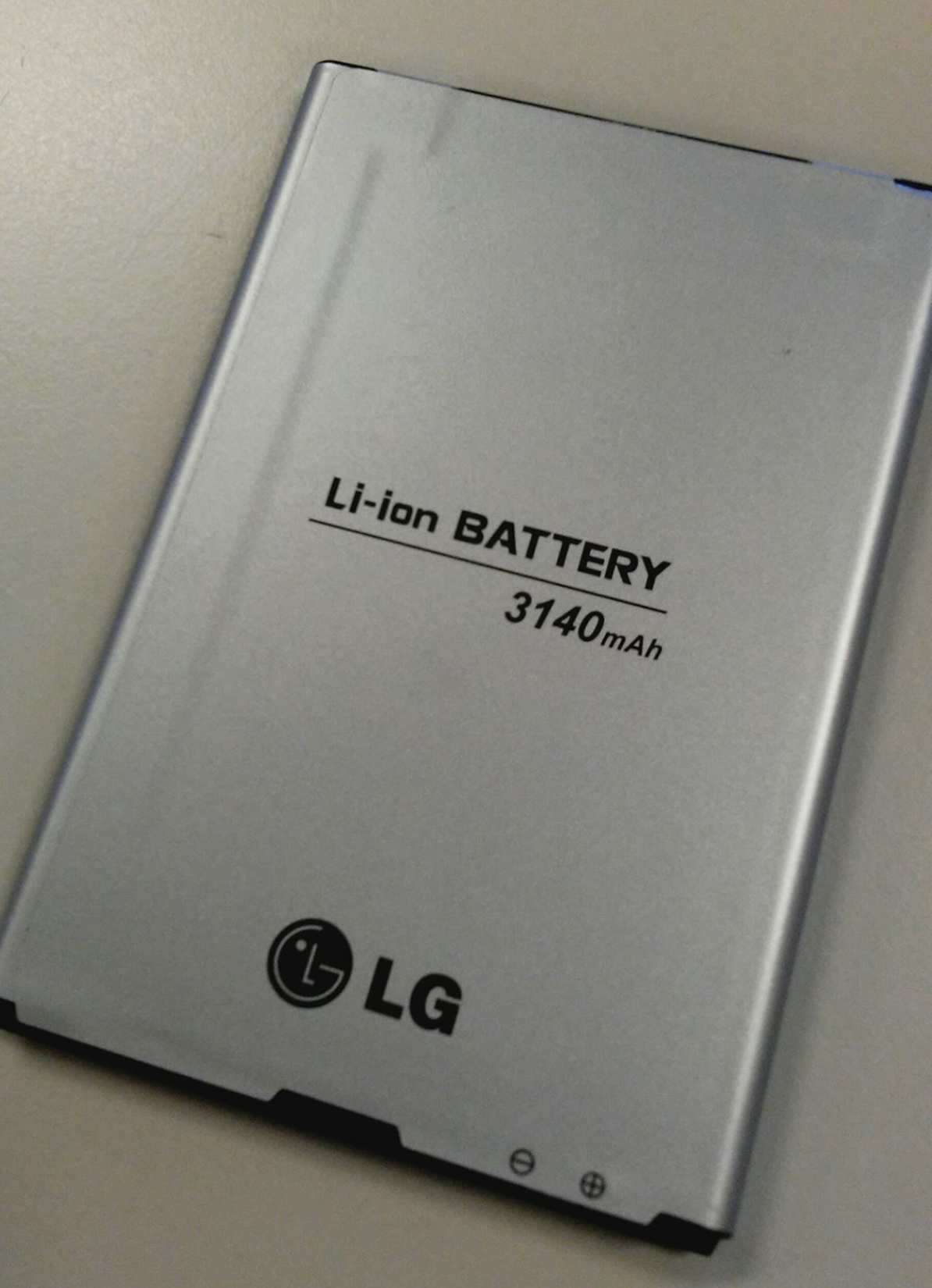Recycling Energy Back Into Electrical Power (Proof of Concept)
A typical smartphone battery provides a capacity of about 2500 mAh, with higher end units having higher capacities of 3000+ mAh. That is about 18 hours of battery time before it discharges. Having a fully charged battery is so important in day to day life, having a power brick or quick charger is always handy. Most smartphones now use more energy efficient circuitry like Qualcomm’s Snapdragon SoC which helps conserve battery life. The problem is that despite these circuit improvements to save battery power, the most battery draining part of any mobile device is still the antenna that communicates with the LTE network, WiFi, bluetooth and cell tower. A lot of energy is wasted during the handshake and handoff process even while a smartphone is idle since it needs to send signals for tracking and special signals to the carrier which handles information on subscriber usage and billing. These radio waves require power from your battery to transmit signals, so that is where the battery drain occurs. Putting the smartphone on airplane mode helps to conserve battery life since it shuts down all radio transmission. With special circuitry, it can be possible to harness all the wasted energy back to charge the battery. This can add 30% to battery life using the recycled energy to DC for charging the battery. This can recycle milliWatts (mW) or higher, of power that feeds back to the battery. This is similar to ambient backscatter which harvests radio waves to convert to energy for power, but that does not require a battery. This is more direct to the source since it recycles lost power back.

Further Reading:
https://www.sciencedaily.com/releases/2015/05/150526084942.htm